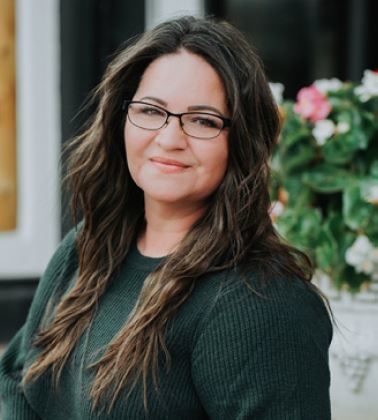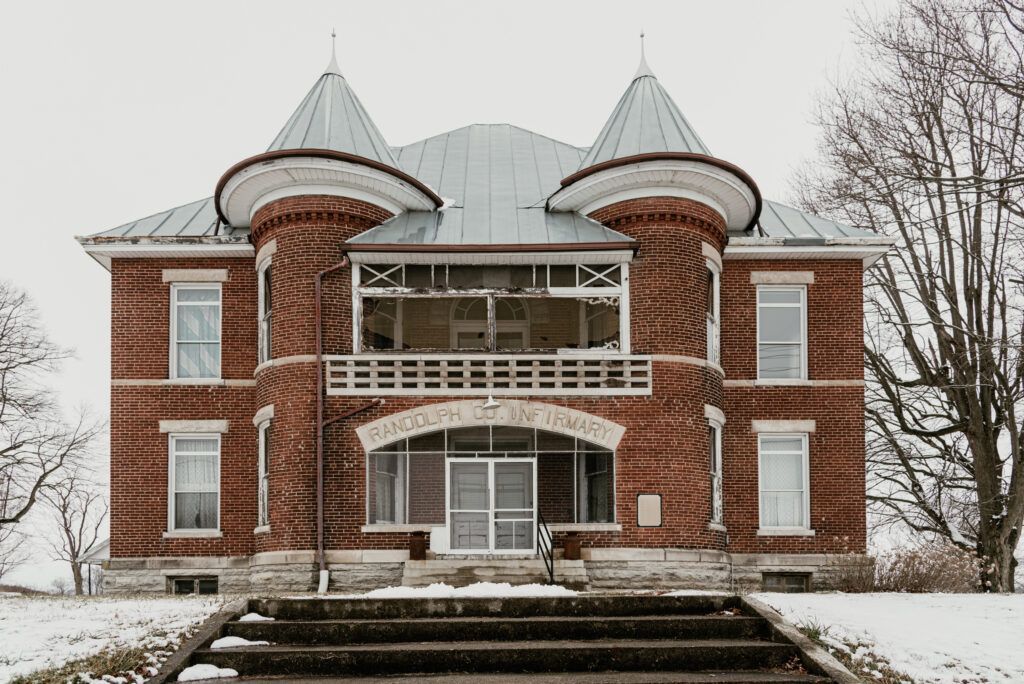I want to let you in on a secret: I believe in ghosts. I know, it may sound a little crazy to some people. I hear that quite a bit, but I don’t mind. I’ll tell you another little secret: I know that trying to prove that ghosts exist has greatly improved my photography. My journey as a paranormal investigator began when I was brought onto a paranormal investigative team as the resident photographer. I’m proud to say that 10 years later, I now head up my own investigative team and I’m happy to still be the team photographer. I’m certainly not saying that you have to chase ghosts to improve your own photography, but being lucky enough to combine two of my biggest passions has certainly improved mine.
As a paranormal investigator, I spend a lot of time in the dark and sometimes very creepy places – places that many people simply won’t have (or won’t take) the opportunity to visit. As a photographer, it can be quite a challenge in these places to produce images that draw my viewers in and let them experience what being in a haunted building truly feels like. Haunted places can be creepy – full of the energy left behind of the people who lived and died there. I want to bring that sense of unease, sadness, and fear to my viewers with every photo I take of a haunted building.
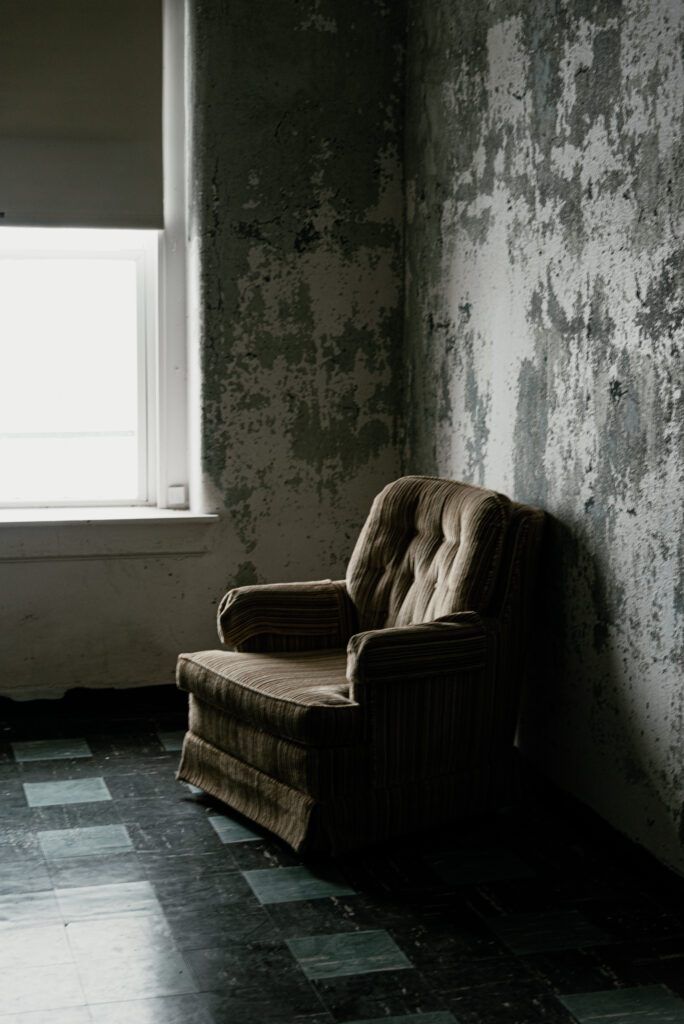
An armchair in the room of a resident of the Randolph County Infirmary. Photograph by Angela Fulks
Join me as I take you on a photographic journey of an old, haunted infirmary/asylum in Indiana. Let’s walk the halls and peek into the rooms of the patients that resided here and see what we can learn.
Along this journey, I will share the following:
- Why taking the time to study your subjects can impact your photos
- Why learning to be comfortable with our emotions can help us create powerful images
- How shadows can enhance storytelling and evoke emotion
- Why I like to use the power of suggestion
- Why we should expect the unexpected
Recommended Reading: Want to learn how to make your photos stand out from everyone else’s? Grab a copy of Photzy’s Effective Storytelling premium guide.
Study Your Subjects
A great amount of my time in haunted locations is spent simply observing my surroundings. This serves several purposes for my investigations, but I’ve also seen how this practice can improve my images.
A great amount of my time in haunted locations is spent simply observing my surroundings.
Slowing down and studying our surroundings and subjects can cause our perception or perspective to shift. It can pique our curiosity or awaken our senses to something that maybe we wouldn’t have noticed if we were in a hurry.

In this photo, the morning light coming in from the recreational room at the end of the hallway seems to take on a life of its own as it began to creep its way towards me. I made many trips back to this hallway, watching and waiting for the light to feel just right before taking this photo. Photograph by Angela Fulks
If you are able, take the time to examine and think carefully about your subject from all angles, notice the changes in light over time, or look for how the light and shadows work together. Taking the time to immerse ourselves in our surroundings or intensely observe our subjects before picking up the camera will enhance our abilities to see beyond the obvious.
Key Lesson: Spend time observing what you wish to photograph first and explore all the ways there can be to capture it.
Connect Emotionally
During the course of a month, it’s not uncommon for me to spend one weekend photographing the echoing lives of the past and then the next day photographing a wedding day full of love and happiness. On the surface, these two things could not be more different, but if we examine the essence of these situations we can see that emotion and the human connection are commonalities. It’s easy for photographers to feel removed and not feel like active participants when behind the camera; maybe even emotionally disconnected. A camera is a powerful tool when used in the hands of someone who isn’t afraid to recognize, connect with, embrace, and capture the emotions that are happening all around us.
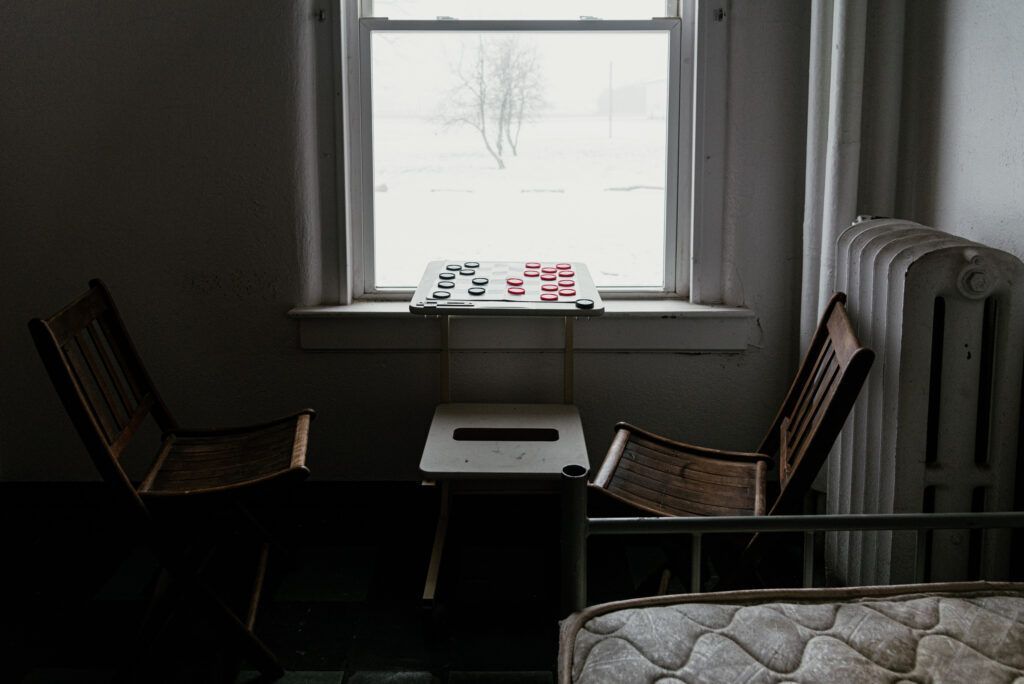
I don’t shy away from feeling the lingering sadness that can remain in places where people have passed away, leaving memories and pieces of their lives behind. I often raise my camera with hands shaking from fear while standing in an unfamiliar, empty hallway because I know that my emotions in those moments can be reflected in those who view my photos. In contrast, I’ve also been known to shed a few happy tears while photographing weddings of people I barely know. Many times, my willingness to invest myself in the happy and loving emotions of a client’s wedding day can result in images that keep those moments alive for them for years to come.
Key Lesson: Never underestimate the value of being emotionally connected to your photography subjects, no matter how brief it may be. This is an invaluable way to create authentic and powerful images.
Use Those Shadows
We should already know how our use of light will make or break a photograph. I’ve had to learn to become more comfortable with using shadows in my photography when I’m in a haunted location. Letting the shadows fall where they may in my images invites my viewers to look deeper into the dark areas and let their imaginations run wild. Humans tend to be uncomfortable with the idea that things are being hidden from us and we instinctively want to make sense of it. This can draw them into our images and make them want to fill in the details that the shadows in our photos leave out. Thoughtful use of shadows can convey mood, depth, mystery, and emphasize negative space. It’s almost impossible to give my viewers an accurate sense of trepidation and creepiness without making the most of the shadows in my photos.
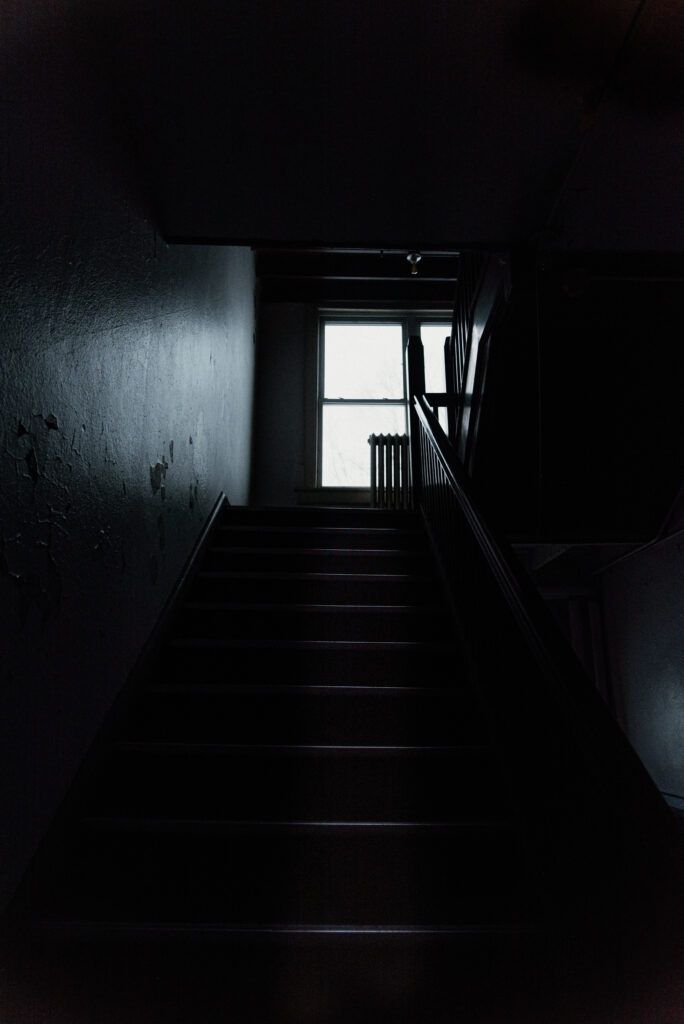
Walking up these stairs alone, in the middle of the night, was one of my scariest moments as a paranormal investigator. I knew that I wanted to capture that feeling when I photographed these stairs early the next morning – even if only to look back on later and pat myself on the back for being so brave. Photograph by Angela Fulks
Key Lesson: Don’t be afraid to emphasize shadows in your images. Let’s give our viewers the chance to lean in and take a closer look.
The Power of Suggestion
There are a few members of my team who want to avoid hearing the ghost stories of the places we investigate ahead of time. They understand the power of suggestion and want to avoid their experiences being influenced by what other people may say. Similarly, I look for opportunities to use the power of suggestion in my photos that tell part of the story but encourage my viewers to come up with their own conclusions. This may be by adding in an element or prop to the photo that can add an extra dimension to the scene or maybe composing the shot uniquely. By using the power of suggestion in our photos we are welcoming our viewers to linger a little longer and decide how they wish to interpret them.

The pink ball in this photo sat just inside the room to its right. A little boy named Noah is said to haunt this room where he passed away. I moved the ball from his room to the hallway because I wanted to hint at Noah’s presence but not exploit it. I also really found the juxtaposition of the child’s toy and the wheelchair at the end of the hallway to be an unsettling and accurate representation of this building. Photograph by Angela Fulks
Key Lesson: Using the power of suggestion in our photos can be an effective way of inviting our viewers to think deeper about our image.
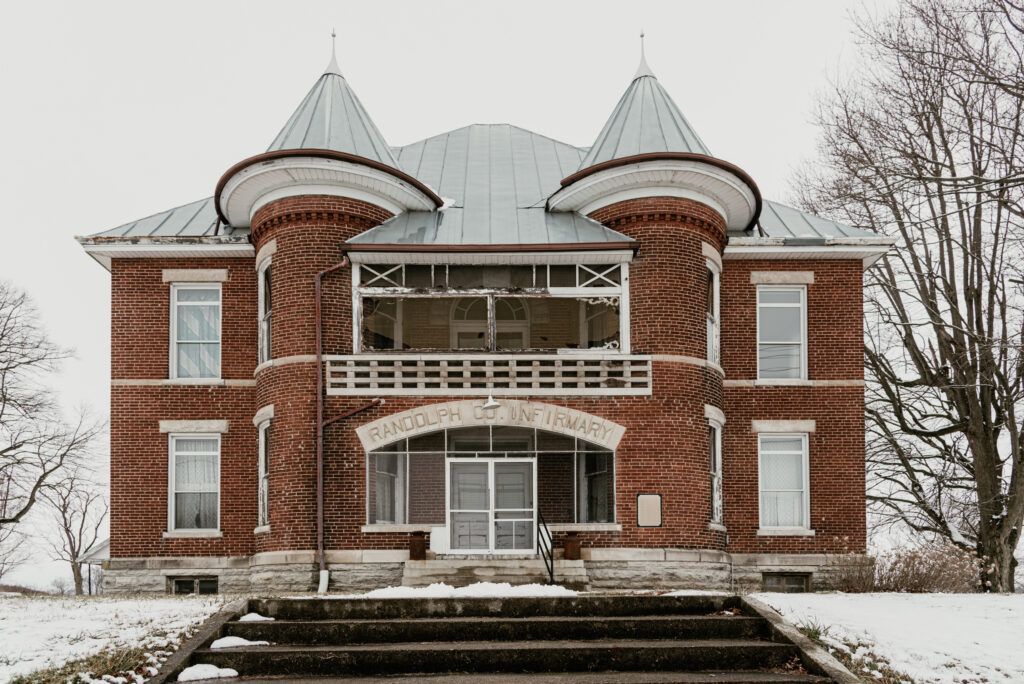
Photograph by Angela Fulks
Recommended Reading: Want to learn how to make your photos stand out from everyone else’s? Grab a copy of Photzy’s Effective Storytelling premium guide.
Expect the Unexpected
Learning to expect and be prepared for the unexpected is not only an invaluable life lesson but also in photography. I always delight in the surprises we find in every one of our haunted locations; it can be anything from interesting architecture to an old room perfectly preserved under the layers of dust. I know that I can always anticipate finding something unexpected.
Learning to expect and be prepared for the unexpected is not only an invaluable life lesson but also in photography.
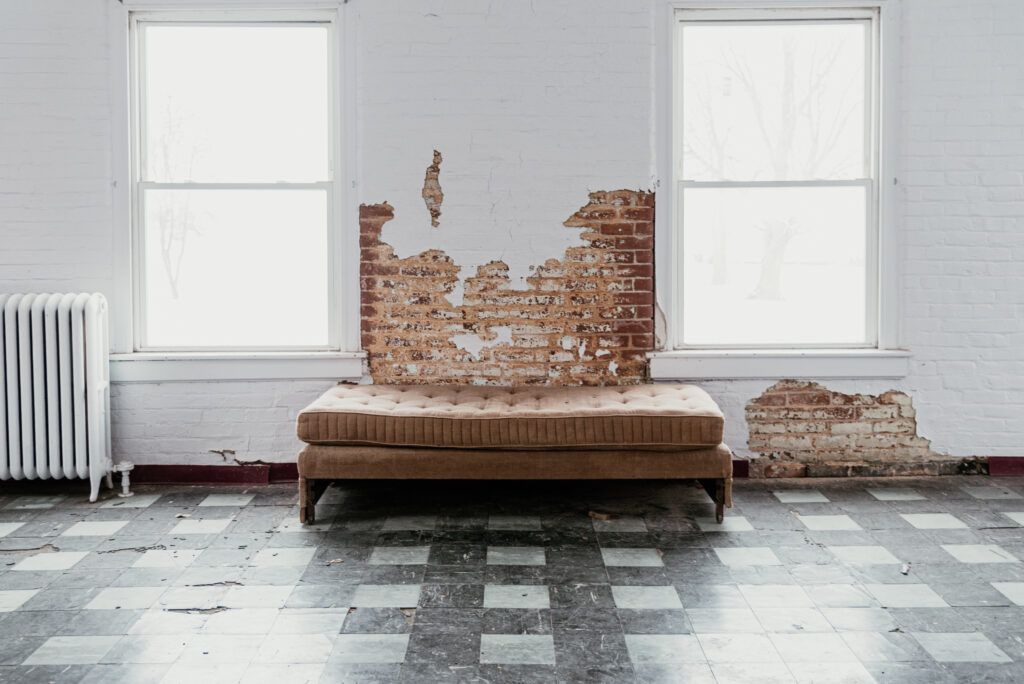
Walking into this recreational room at the infirmary and seeing these white walls, the gorgeous winter light, the exposed brick, and the matching lounge was like a breath of fresh air. How unexpected and truly fantastic to see such a lovely scene after spending so much time in darker areas of the building. I was immediately reminded that even though this building had seen its share of sadness, there were probably many wonderful memories made here among the long-term residents that deserved to be remembered. Photograph by Angela Fulks
Key Lesson: Unexpected moments can create memorable images. We have to be ready to recognize them to capture them.
Photographers can spend a lot of time trying to figure out ways to improve our skills and strengthen our photographic abilities. We may find that we already possess these abilities by applying lessons we’ve learned in other areas of our lives to push our creativity forward.
Self-Check Quiz:
- How much time do you spend observing your subjects before picking up the camera? Could your images benefit from more or less time studying your subjects?
- How do you work to create an emotional connection through your photos to your viewers? Do your images allow your viewers to connect with the emotions you felt while taking a photograph?
- Have you used shadows in your photography to convey a certain mood? Why or why not?
- Is there a particular photo you’ve taken where you used the power of suggestion to leave your photo open to interpretation?
- Do you recognize when unexpected moments present themselves in your day-to-day life? Do you try to be prepared to capture these moments?
- What other passions do you have that you can draw from to improve your own photography skills?

